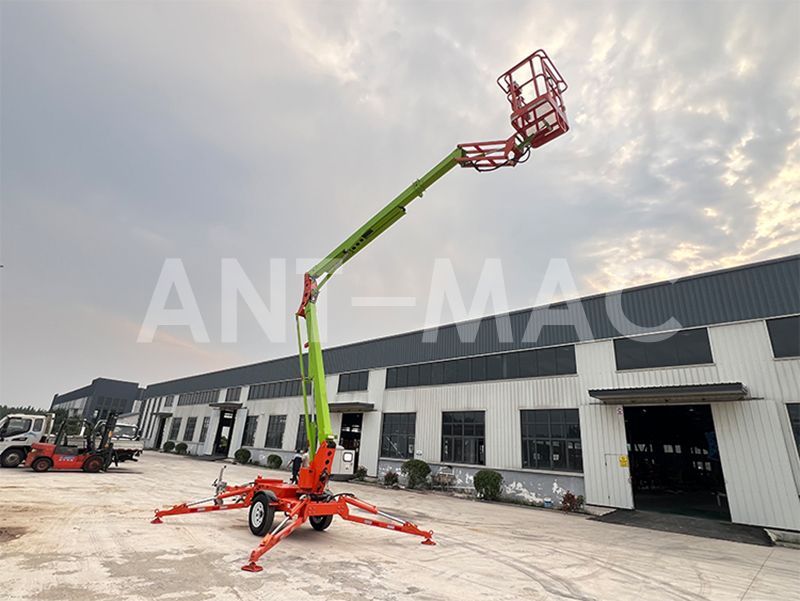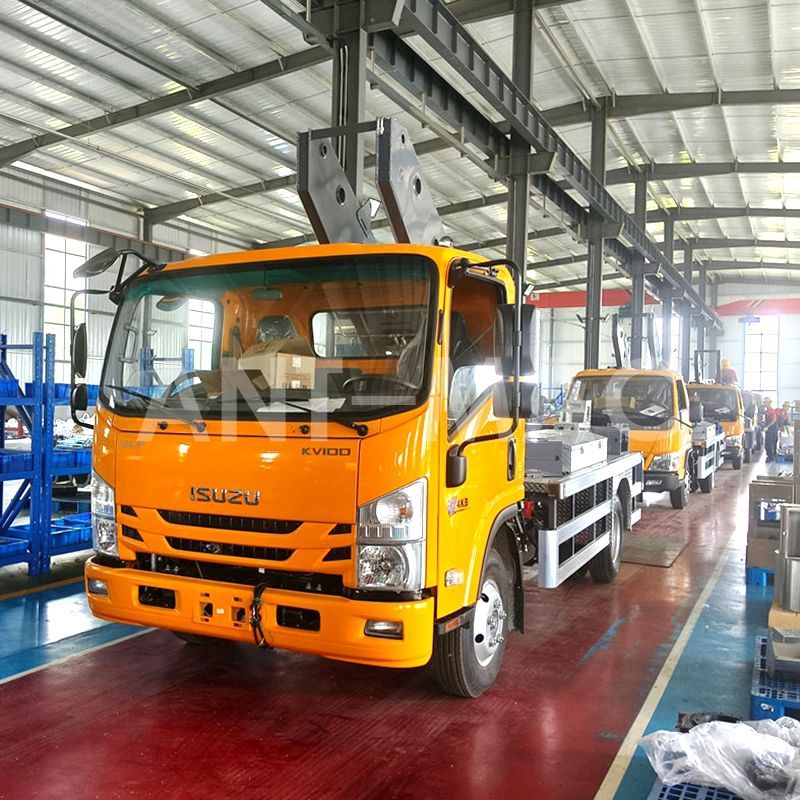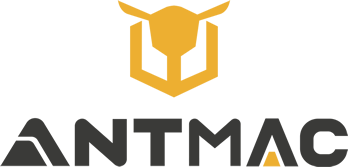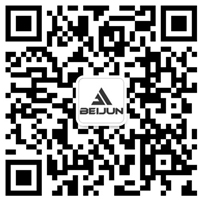MEWP Terms Demystified: A Practical Guide for Site Safety & Equipment Success
Last month, a municipal crew in Colorado ran into a costly snag: they brought a “boom lifts ” to repair a streetlight, but couldn’t navigate it past a row of trees—turns out, they needed an “articulating boom” (not a straight one) but didn’t know the term to ask for it. That’s the thing about MEWPs (Mobile Elevating Work Platforms): mix up the lingo, and you’re looking at delayed jobs, wasted money, or worse—safety risks.
If you’re new to aerial access work, you don’t need to memorize a dictionary. But knowing the right terms for the right situations will make you more confident on site, help you communicate with suppliers, and keep your team out of harm’s way. Let’s break this down like a seasoned operator would—with real stories, common mistakes, and exactly what you need to know.
1. First: Why MEWP Terms Even Matter (Spoiler: It’s Not Just Jargon)
Walk onto a job site in Texas, and someone might call a MEWP a “cherry picker.” Head to Australia, and it’s an “EWP” (Elevating Work Platform). But in standards documents worldwide—from ANSI (American National Standards Institute) to ISO (International Organization for Standardization)—it’s officially a Mobile Elevating Work Platform (MEWP).
Why the uniformity? Because vague language leads to errors. Last year, a construction company in Florida ordered an “aerial platform” but got a fixed unit (not mobile) because they didn’t specify “MEWP”—costing them 3 days of downtime. ANSI’s definition clears this up: a MEWP must have three parts:
A work platform with controls (where operators stand)
An extending structure (boom, scissor, or vertical lift)
A chassis (the base that moves or stabilizes the machine)
Other names you might hear? “AWP” (Aerial Work Platform)—an older term that once included fixed lifts, but now mostly refers to MEWPs. “Lift platform” is a casual catchall, but stick to “MEWP” for clarity with suppliers or inspectors.
2. MEWP Types: Match the Term to the Job (No More Guesswork)
MEWPs aren’t all the same—each type has a purpose, and knowing their names helps you pick the right tool. Let’s use real job scenarios to make it stick:
Boom lifts : For “Reach Over” or “Up High” Jobs
These are the most versatile MEWPs, and their sub-types are named for how they move:
Articulating Boom Lifts: Think “foldable arms.” A crew in Oregon used one last week to fix a church steeple—its 2 jointed arms bent around the building’s roofline, no need to set up scaffolding.
Telescopic Boom Lifts:s: Straight, extendable arms (like a telescope). Perfect for ultra-high tasks, like painting a 3-story water tower—one in Arizona reached 40 feet to hit the top without wobbling.
Crawler Boom Lifts: Tracks instead of tires. Great for soft ground (dirt, grass) — a landscaping team used one to trim tall hedges in a park, and it didn’t sink like a wheeled model would.
Towable Boom Lifts: Hook to a truck and go. A small town in Iowa uses these for streetlight repairs—they’re cheaper than a full-time MEWP and easy to store.
Scissor Lifts: For “Straight Up” Jobs with Space
These use a folding “scissor” mechanism to lift vertically—no side-to-side reach, but a wide platform. A warehouse in Georgia relies on them for restocking 20-foot shelves: 2 operators plus a pallet of boxes fit comfortably. They’re also common in retail for ceiling fixture installs—their compact stowed size fits through store doors.
Low-Level Access Lifts: For “Just Above Ground” Tasks
Think 4–10 feet high—small, lightweight, and perfect for indoor work. A hotel in Nevada uses them to change chandeliers in lobbies; they’re quiet (no loud motors) and won’t scratch marble floors.
Stock Pickers (Order Pickers): Warehouse Workhorses
Narrow platforms, built for grabbing items off high shelves. A grocery distributor in Ohio uses them to reach 15-foot pallets of canned goods—they’re fast, and the operator can move the lift with one hand while grabbing boxes.
Critical Note: Telehandlers ≠ MEWPs
This is a big one. A telehandler (that’s the “forklift with a long arm”) is not a MEWP. OSHA classifies it as a Class 7 rough-terrain forklift—meant for lifting heavy loads, not people. Last year, a crew in Indiana tried to use a telehandler to fix a roof; they got fined $2,800 by OSHA, and the operator was lucky no one got hurt.
3. Must-Know MEWP Terms: The Ones That Prevent Mistakes
These terms aren’t just for manuals—they’re the ones you’ll shout across a job site or check before hitting “start.” We’ll pair each with a mistake to avoid:
Floor Pressure (Floor Load)
What it is: The maximum weight a floor can handle, measured in PSF (pounds per square foot).
Mistake to avoid: A restaurant renovation crew in New York used a 1,000lb scissor lift on a kitchen floor rated for 800 PSF—they cracked the concrete, costing $4,000 to repair. Always check the building’s floor pressure before bringing in a MEWP.
Gradeability
What it is: The steepest slope a MEWP can climb (front to rear), shown as a percentage. A 25% grade means 25 feet up for every 100 feet forward.
Mistake to avoid: A road crew in Montana tried to drive a 15% gradeable MEWP up a 30% hill—it rolled backward, damaging the lift. Check the MEWP’s spec sheet against the site’s slope.
Outriggers vs. Stabilizers
What they are:
Outriggers: Hydraulic legs that lift and level the MEWP, widening its base. Use these for boom lifts—they prevent tipping.
Stabilizers: Legs that only stabilize (no lifting). Good for small scissor lifts on flat ground.
Mistake to avoid: A crew in Utah used stabilizers on a boom lift during a wind gust—the lift wobbled, and the operator had to emergency lower. Always use outriggers for boom lifts .
Platform Height vs. Working Height
What they are:
Platform Height: Distance from the ground to the platform floor (e.g., 20 feet).
Working Height: Platform height + 6 feet (for the operator’s reach—so 26 feet total).
Mistake to avoid: A sign company ordered a 20-foot platform height MEWP to install a 25-foot sign—they couldn’t reach, so they had to rent a taller one last minute. Always calculate working height, not just platform height.
Load Capacity (Restricted vs. Unrestricted)
What it is:
Unrestricted Capacity: Max weight the platform can hold across its entire “working envelope” (all boom positions).
Restricted Capacity: Lower weight limit for unstable positions (short boom, steep angle).
Mistake to avoid: A crew in Florida loaded 500lbs onto a MEWP with a 300lb restricted capacity— the boom locked up, stranding them 15 feet high. Check the capacity label before adding tools or people.
Working Envelope
What it is: The “invisible bubble” of space the MEWP can reach—think of it as the area the boom or lift can cover without tipping.
Mistake to avoid: An operator in California reached outside the working envelope to grab a tool— the MEWP tilted, and they dropped the tool (luckily, no one was hurt). Stay inside the envelope at all times.
Tailswing
What it is: When the rear of the MEWP’s turntable (the rotating part) sticks out beyond the chassis while turning.
Mistake to avoid: A crew in a narrow alley in Chicago didn’t account for tailswing—they hit a parked car while rotating the boom, costing $1,200 in damages. Measure tailswing before turning in tight spaces.
4. How to Learn More (Without Sitting Through Boring Trainings)
Ant—a leader in MEWP manufacturing—has training that’s actually useful for site teams. Their “MEWP Terminology & Safety” course lets you practice identifying terms in simulated job sites (like a warehouse or construction zone) instead of just reading slides. They also offer operator certifications that teach you to apply terms to real tasks—like calculating working height or checking floor pressure.
Need quick references? Ant’s website has a free “MEWP Term Cheat Sheet” you can print and keep in your toolbox—it breaks down 20 key terms into plain language. And if you want to stay updated on new terms or standards, Visit their newsletter—each month, they share stories of how term mix-ups led to mistakes (and how to avoid them).

Final Thought: Terms = Safety
You don’t need to be a MEWP expert, but knowing the difference between “outriggers” and “stabilizers” or “platform height” and “working height” can save you time, money, and stress. Next time you’re on site, start small: ask your crew to use “MEWP” instead of vague terms, or check the load capacity before stepping on the platform. It’s the little things that make big jobs go smoothly.
 Dual-Chain Telescopic Boom Sys
Dual-Chain Telescopic Boom Sys
 Russian
Russian
